NDA Legacy Leading Active Life 19 Years After Heart Transplant
September 29, 2022
“They said I had a 50% chance of living,” said Tom Blaney, heart transplant survivor of almost two decades.
Blaney has taught all varieties of social studies for 31 years, his favorite being anthropology. He taught 11 years at Premontre and 20 years at NDA.
Blaney has helped many students in his teaching career.
Before teaching here in Wisconsin, he taught in Melbourne, Australia, for four years. He was recruited from his college, UW-Oshkosh, to teach there.
On July 26, 1992, Blaney had a massive heart attack while riding his bicycle. He was rushed to St. Vincent’s Hospital, but fainted three times on the drive over.
After making it to St. Vincent’s, Blaney died for five minutes.
“I saw a light,” he said.
“Have you helped or hindered more people?” the light asked him, a question he reflects on often.
Blaney could see himself from 10 feet above, even though “the ceiling was only 8 feet high.” He could see himself but didn’t recognize himself because of how bad he looked.
St. Vincent and Bellin Hospital have a connecting tunnel between the two buildings. Blaney was rushed to Bellin, where he died for three seconds…again.
According to Blaney, keeping him physically alive were clot-busting drugs, pounding on his chest, defibrillators and mouth-to-mouth resuscitation.
The nurses and doctors gave him morphine which caused him to sleep for four hours. When he woke up, he had no idea where he was or what happened to him.
“I was attached to seven machines,” he explained.
Blaney took a look at his arms and realized that they were totally black due to internal bleeding. His arms stayed that way for two weeks.
Blaney stayed in the hospital for a total of 11 days, six days for immediate care and five for normal care.
After all the near-death scares, the history buff returned to teaching, but felt weak. “Not very well, but I was teaching,” he said.
Seven years later his heart began to fail again. In 2003 he grew very weak.
“Half of the heart had just worn out,” he said.
He was sent to Madison for a heart transplant, but there was a very high demand for transplants.
“I basically got ready to die,” said Blaney.
Fortunately he received a call explaining the Madison hospital “had a heart” ready for him.
The surgery itself took four hours, and “everything went extremely well.”
The first three days his heart was fantastic. He started riding a bike for 15 minutes and then a stationary bike for 45 minutes.
Awhile after the heart surgery, Blaney’s medical team gave him a drug hoping to make him feel better, but he only got worse. The drug caused him many painful brain bleeds.
He lost 50% of his vision, couldn’t talk for two days and stayed in bed for a month and a half.
After two years, Blaney’s vision came back but about 10% is still lost.
His life expectancy after the heart transplant was 10 years–but that was 19 years ago.
The former teacher lives an active life now, walking 4.7 miles every day. In two weeks, he will be receiving his 10th COVID-19 shot.
“You’re going to meet a lot of obstacles in your life,” said Blaney. “Family, prayers and laughter will get you through it.”

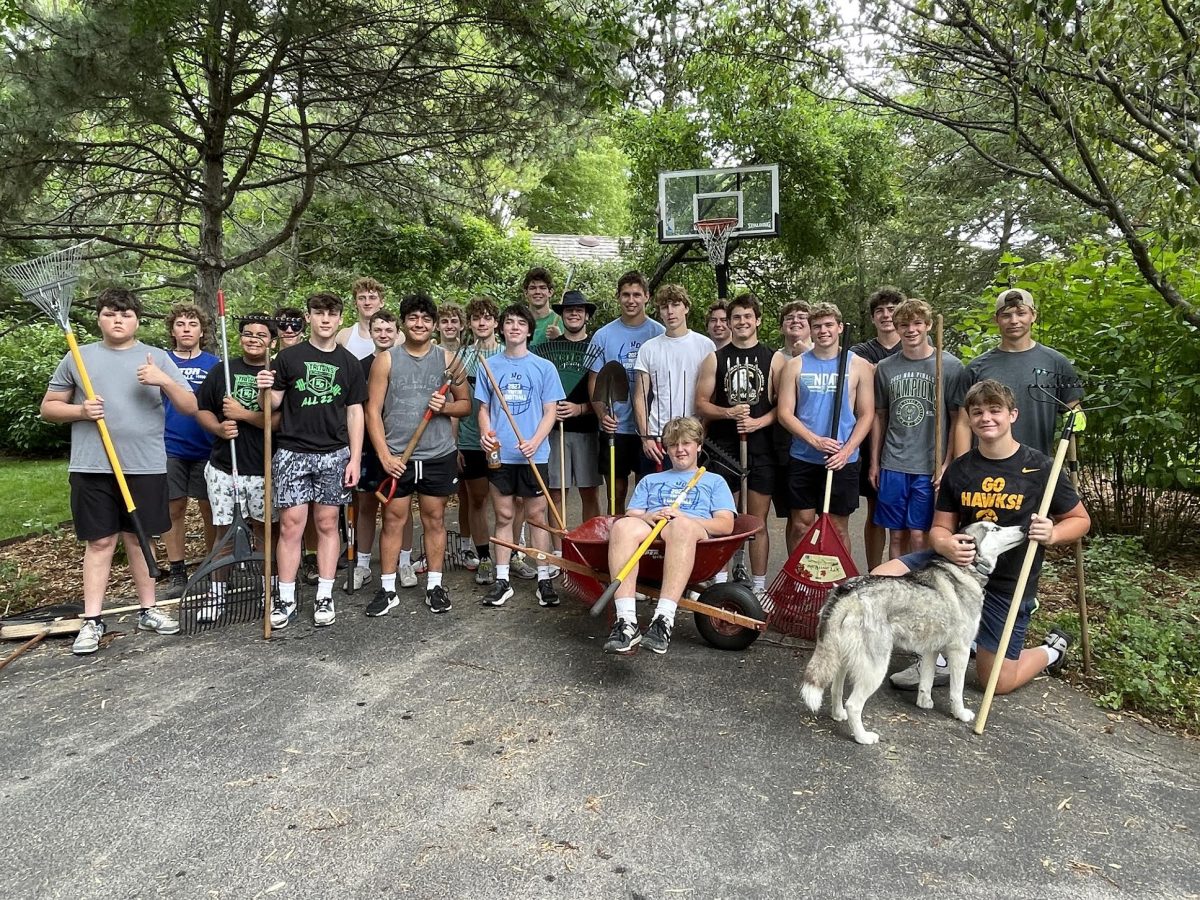


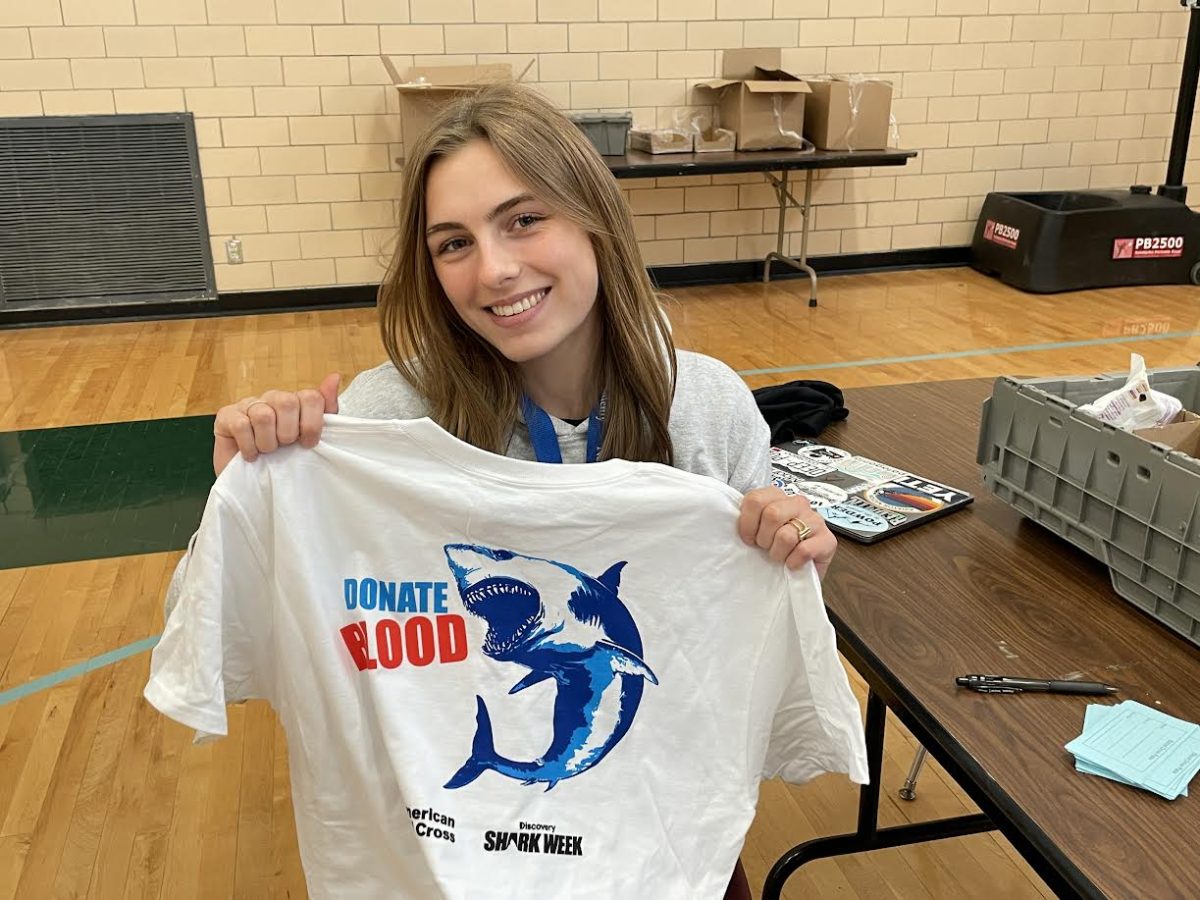


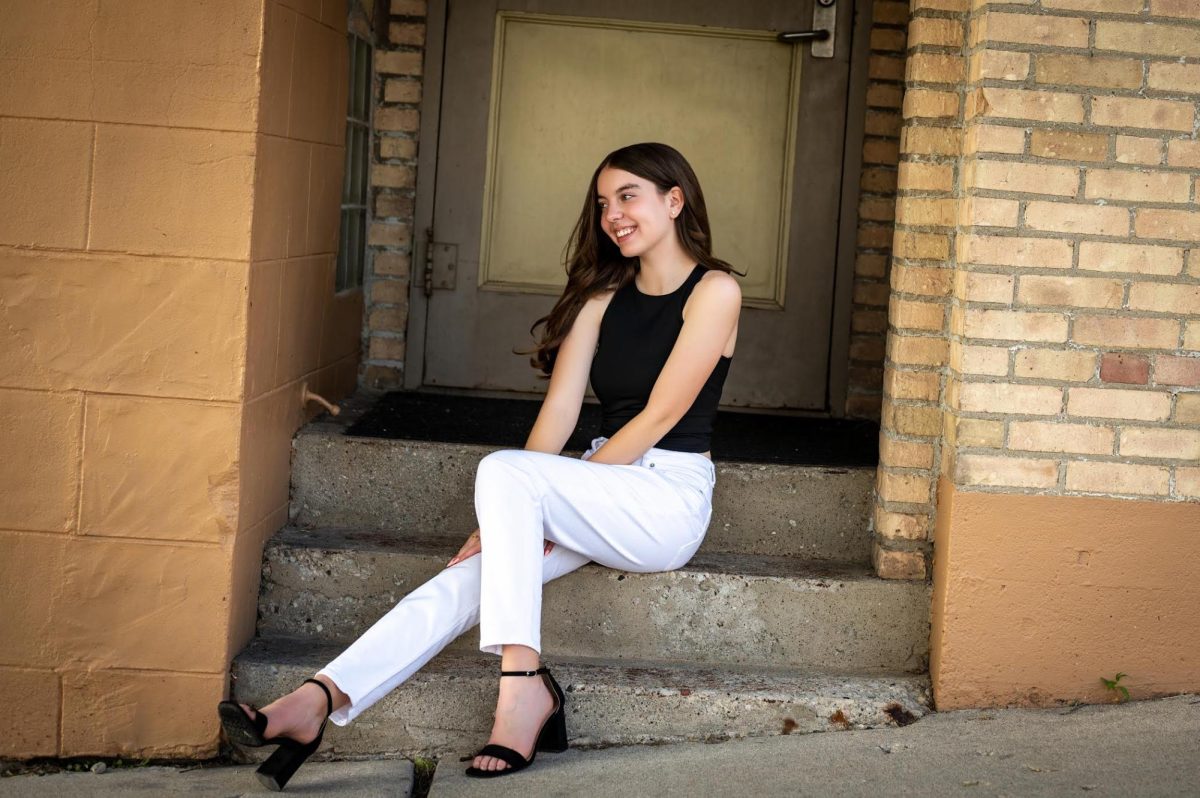
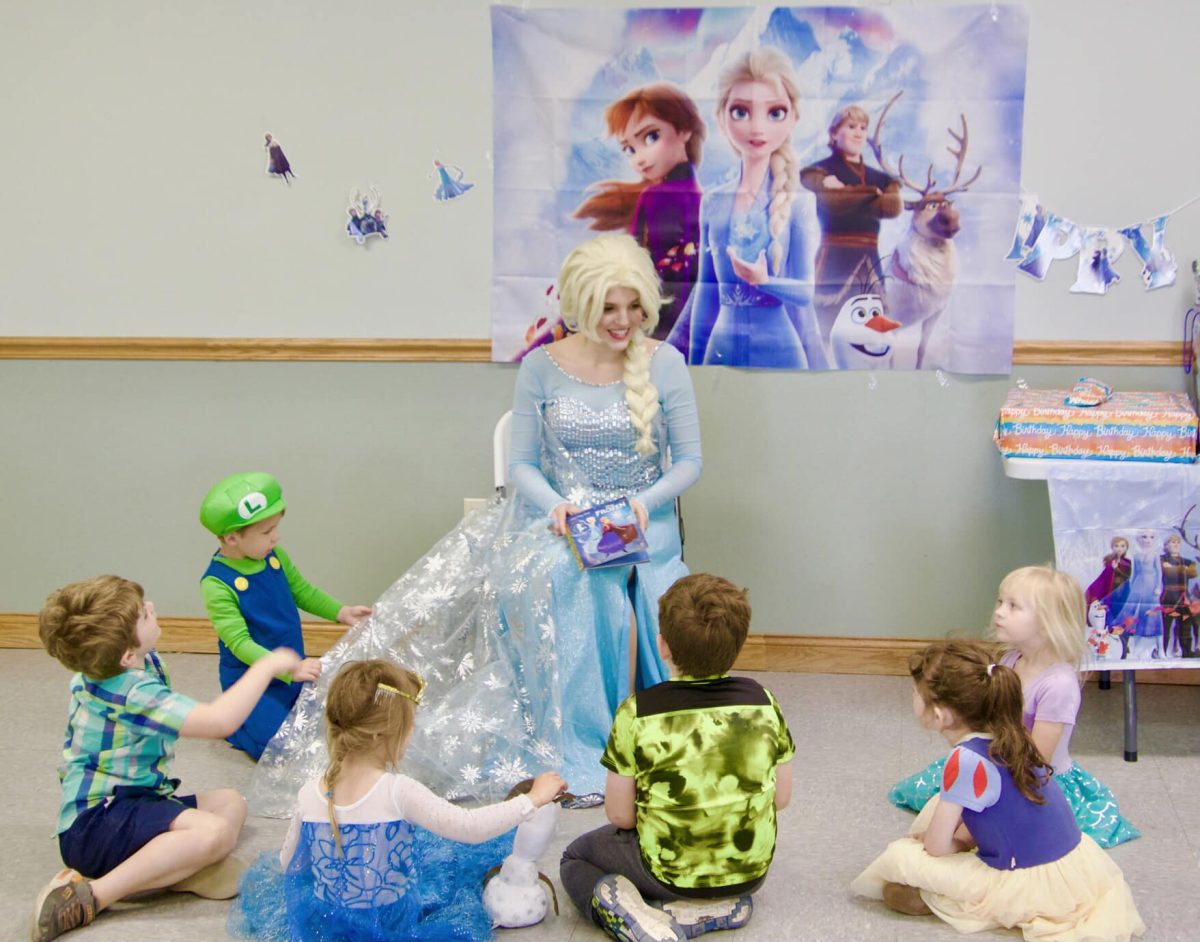
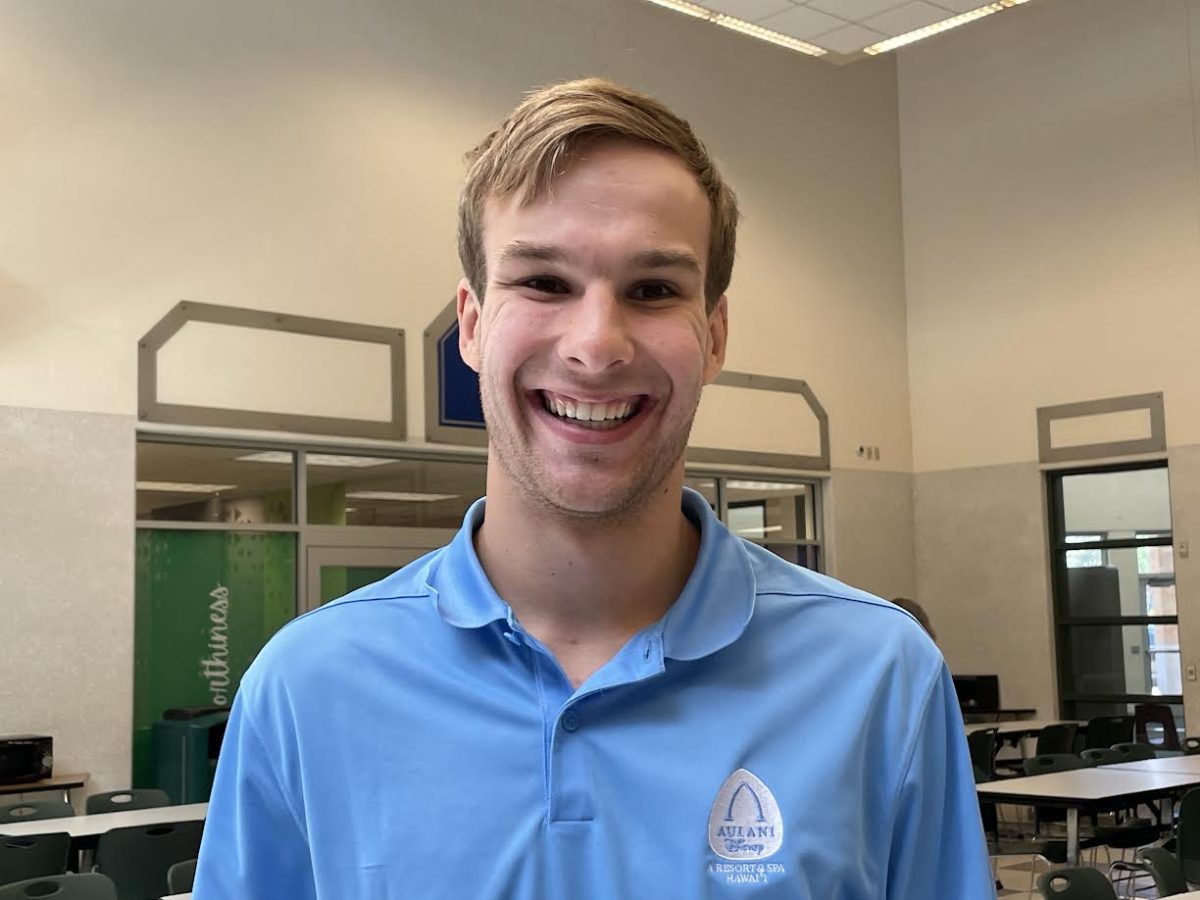
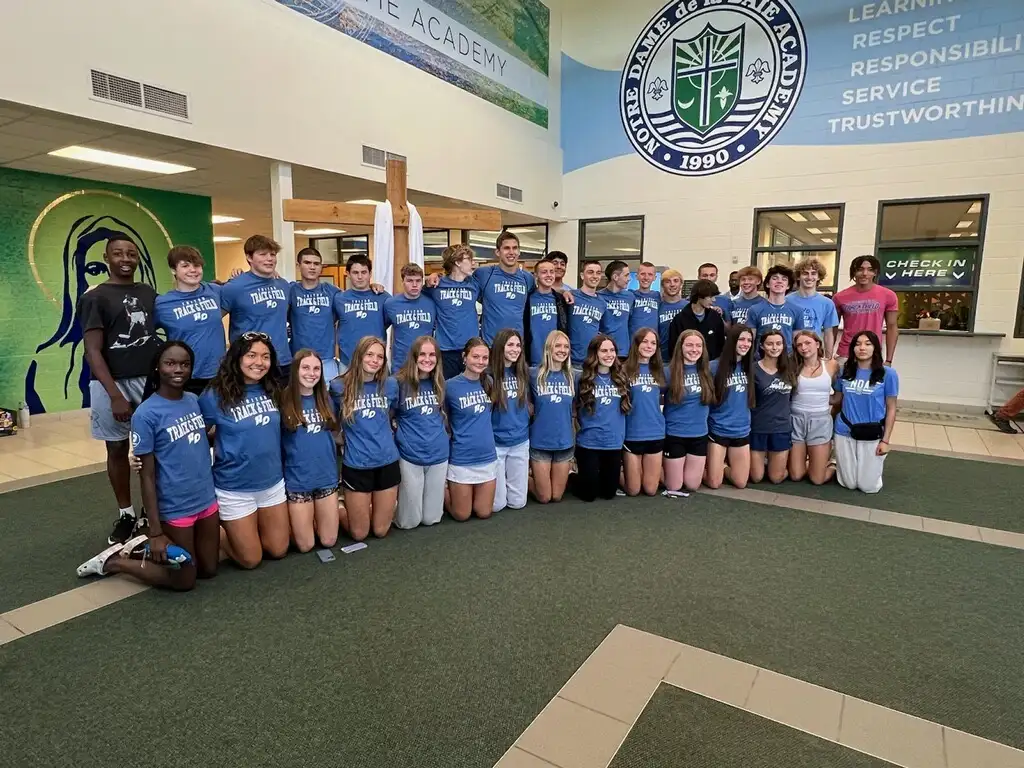
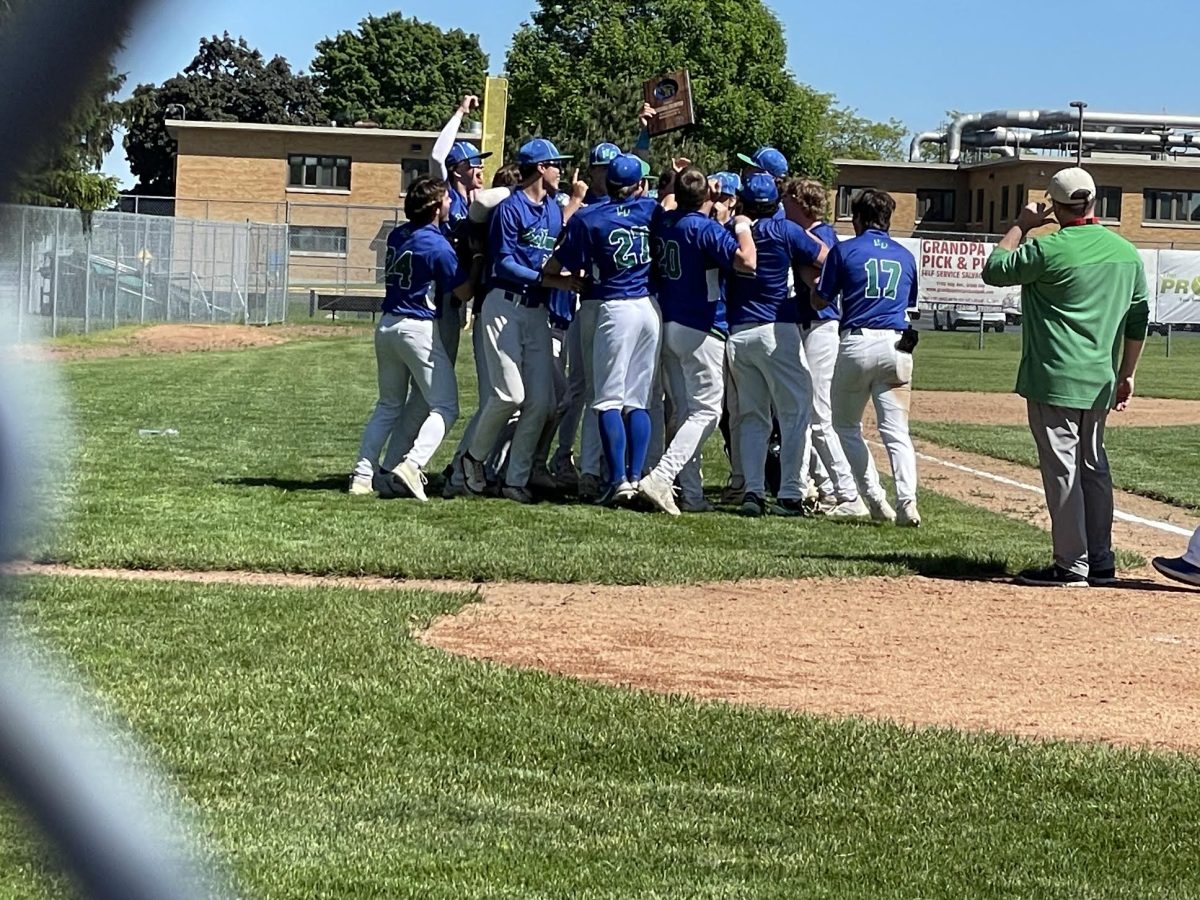
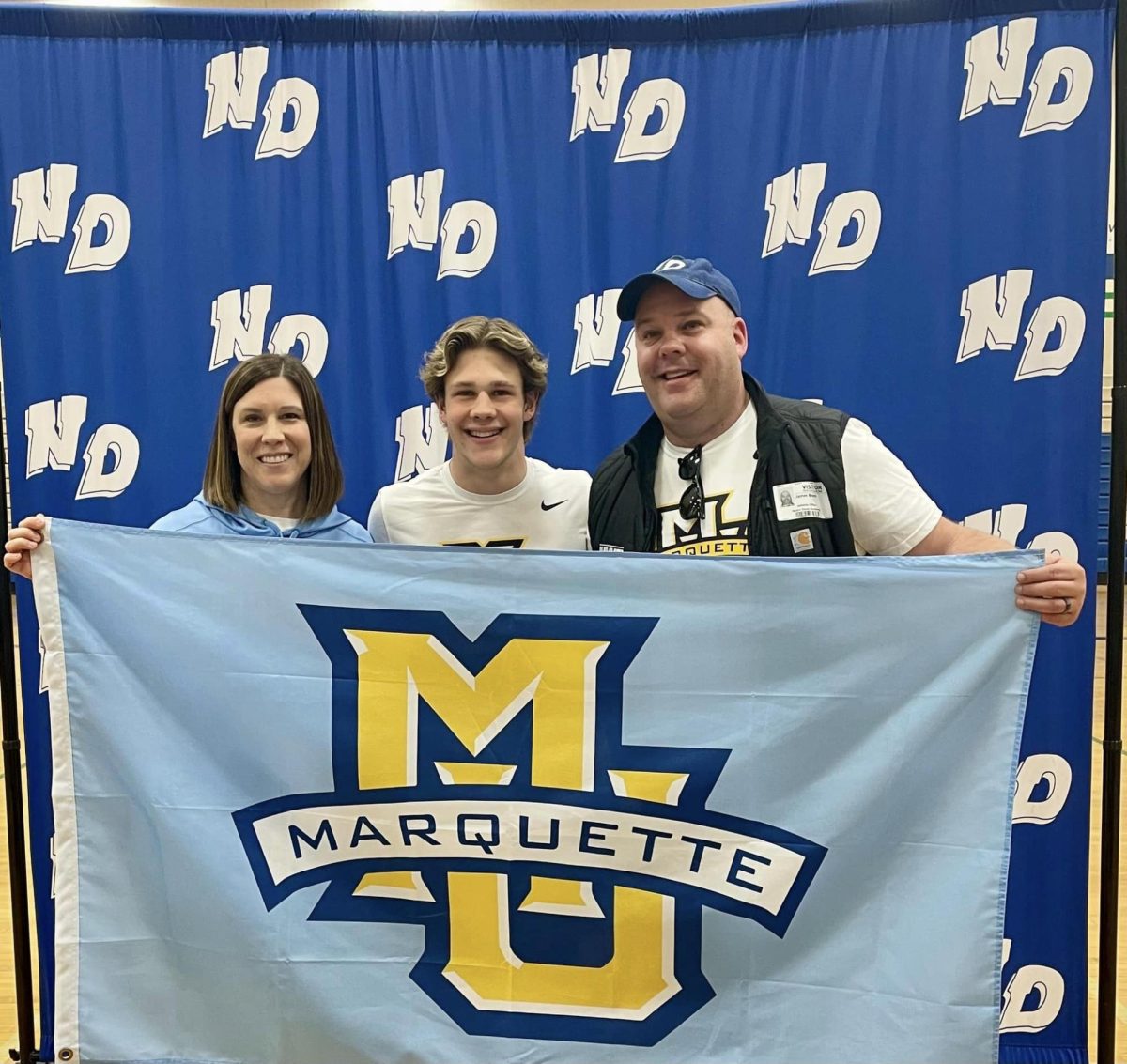




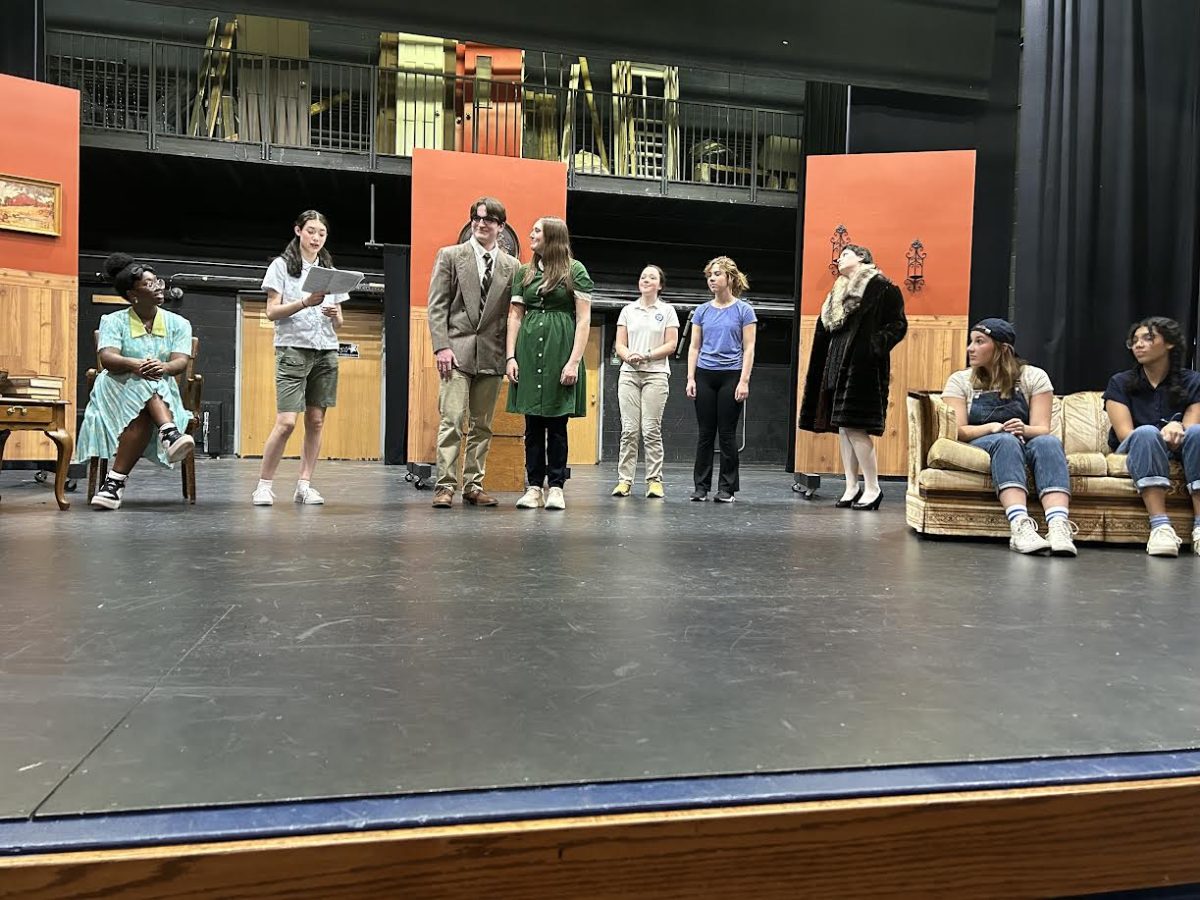




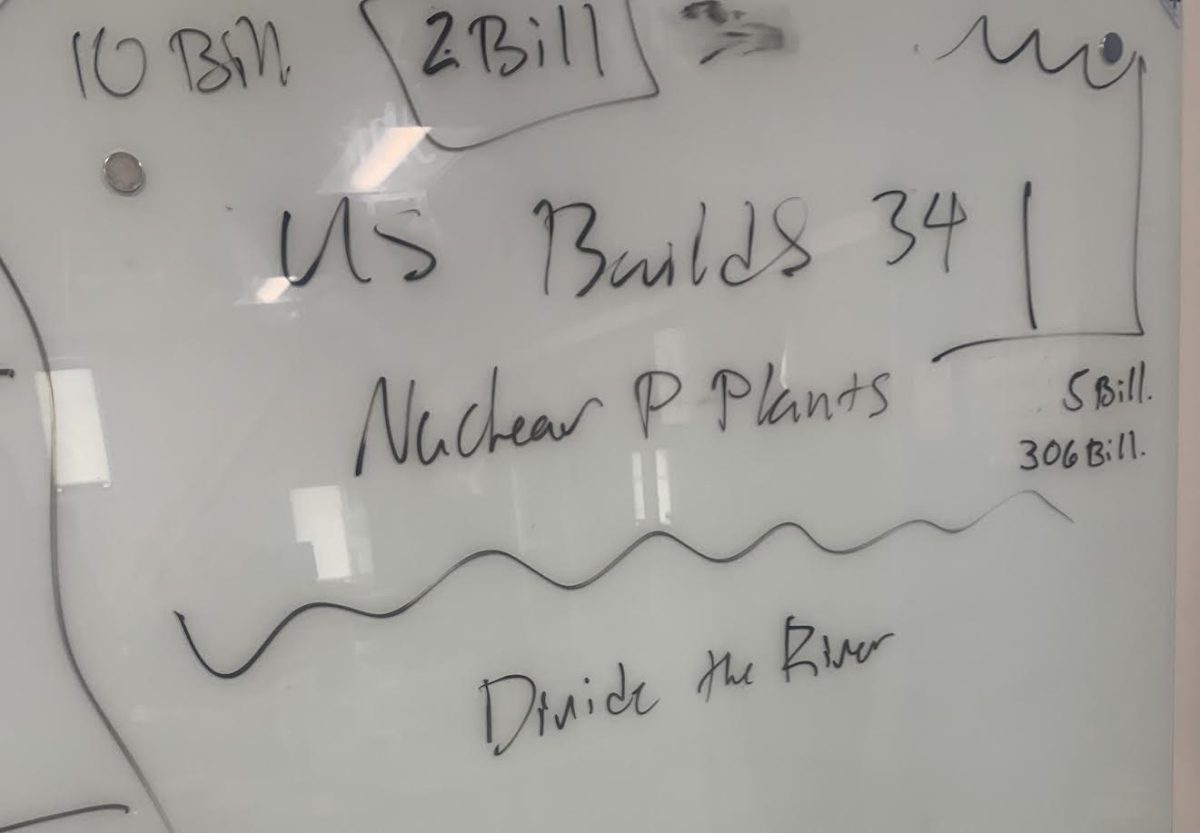

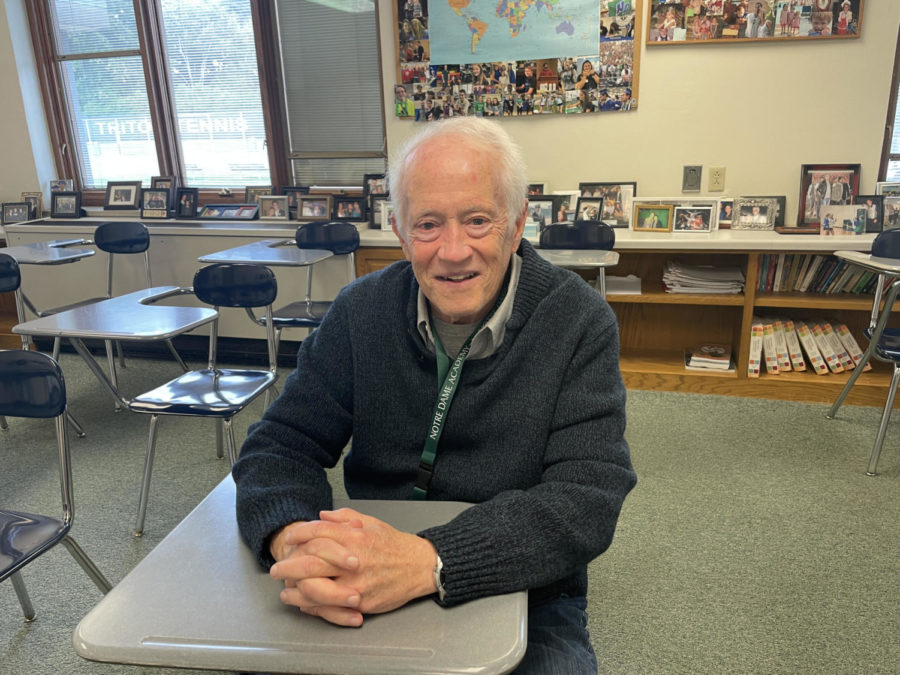
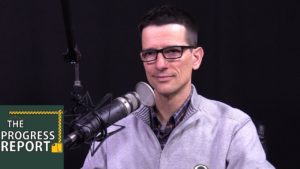
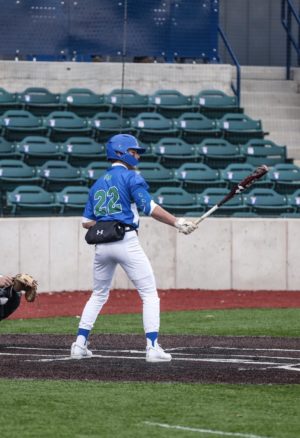




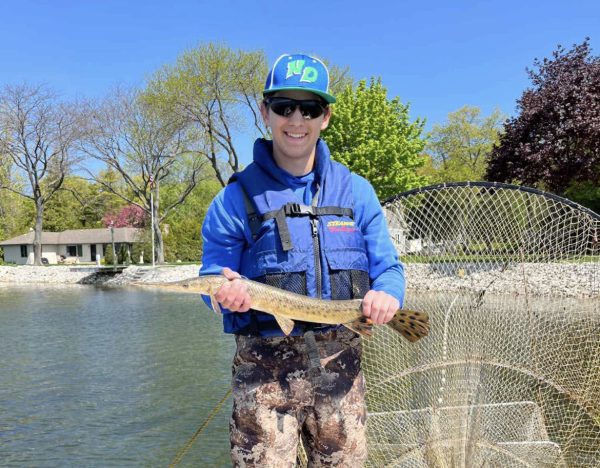
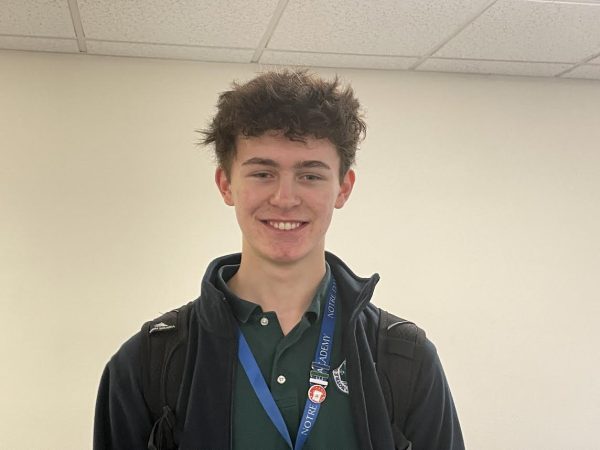
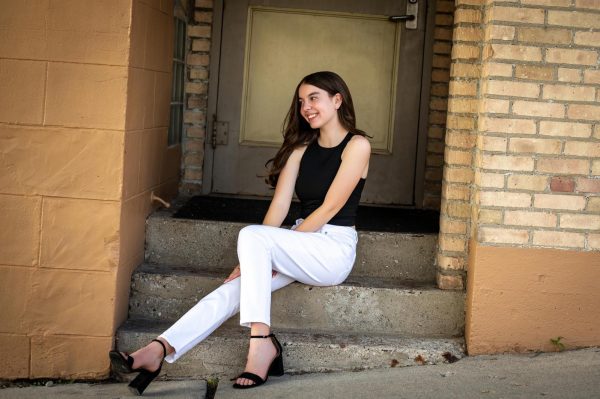
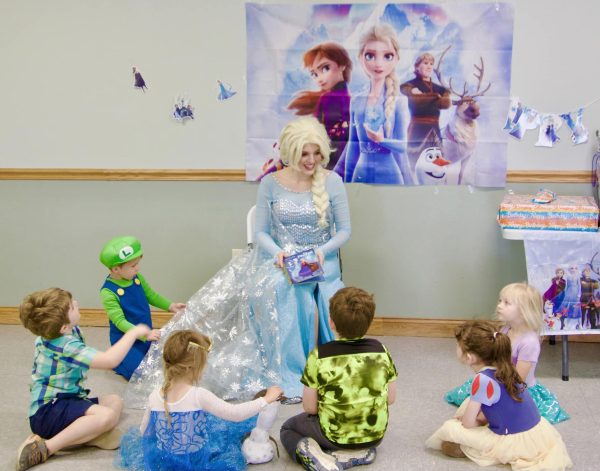
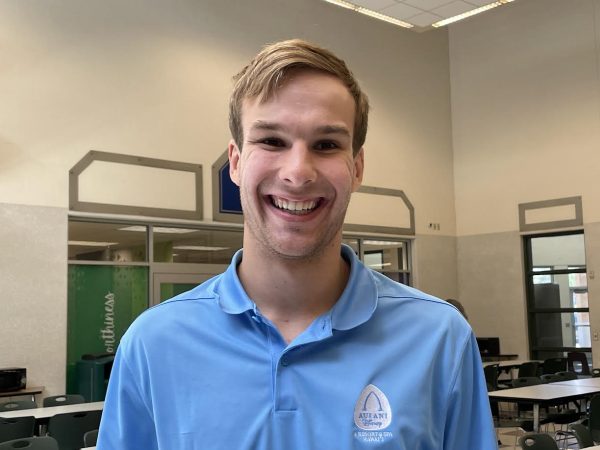
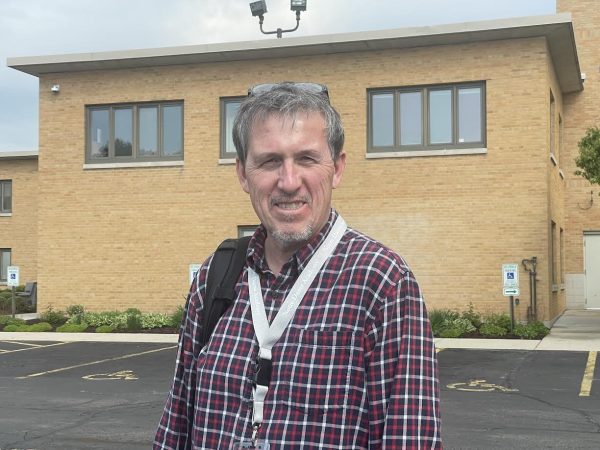
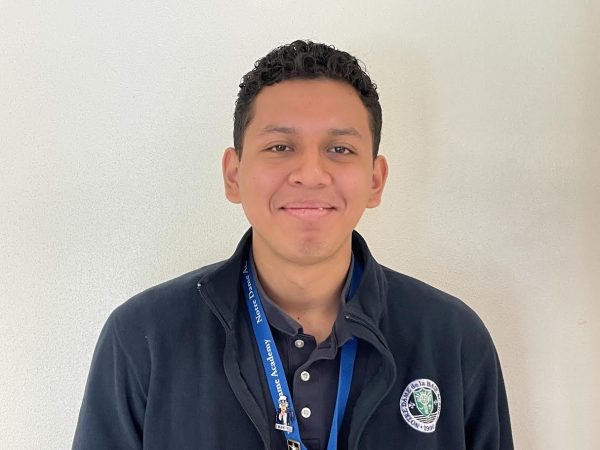
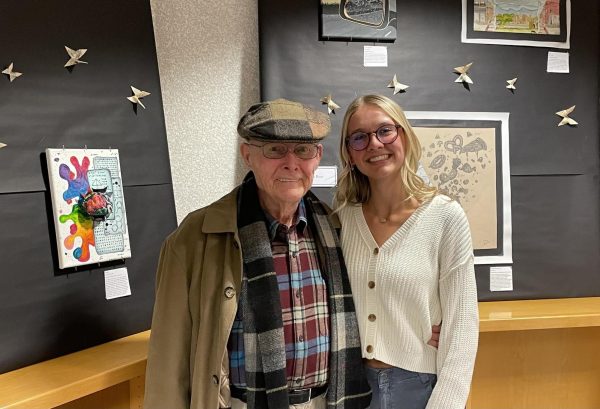
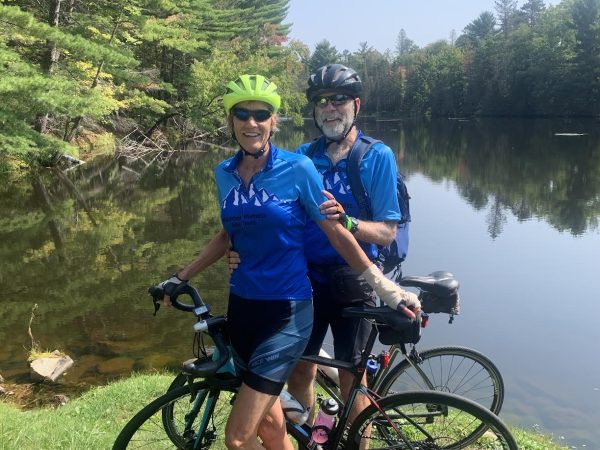


Adrian Backx • Oct 1, 2022 at 3:51 am
Mr Tom Blaney taught me at Lalor Technical School in the 1970’s here in Melbourne Australia and he remains one of my favourite teachers ever and we still communicate via Facebook to this very day, it is a pleasure to still see him active and very much alive and well !! ??
Tom Blaney • Sep 30, 2022 at 9:50 am
Thanks for the great article!